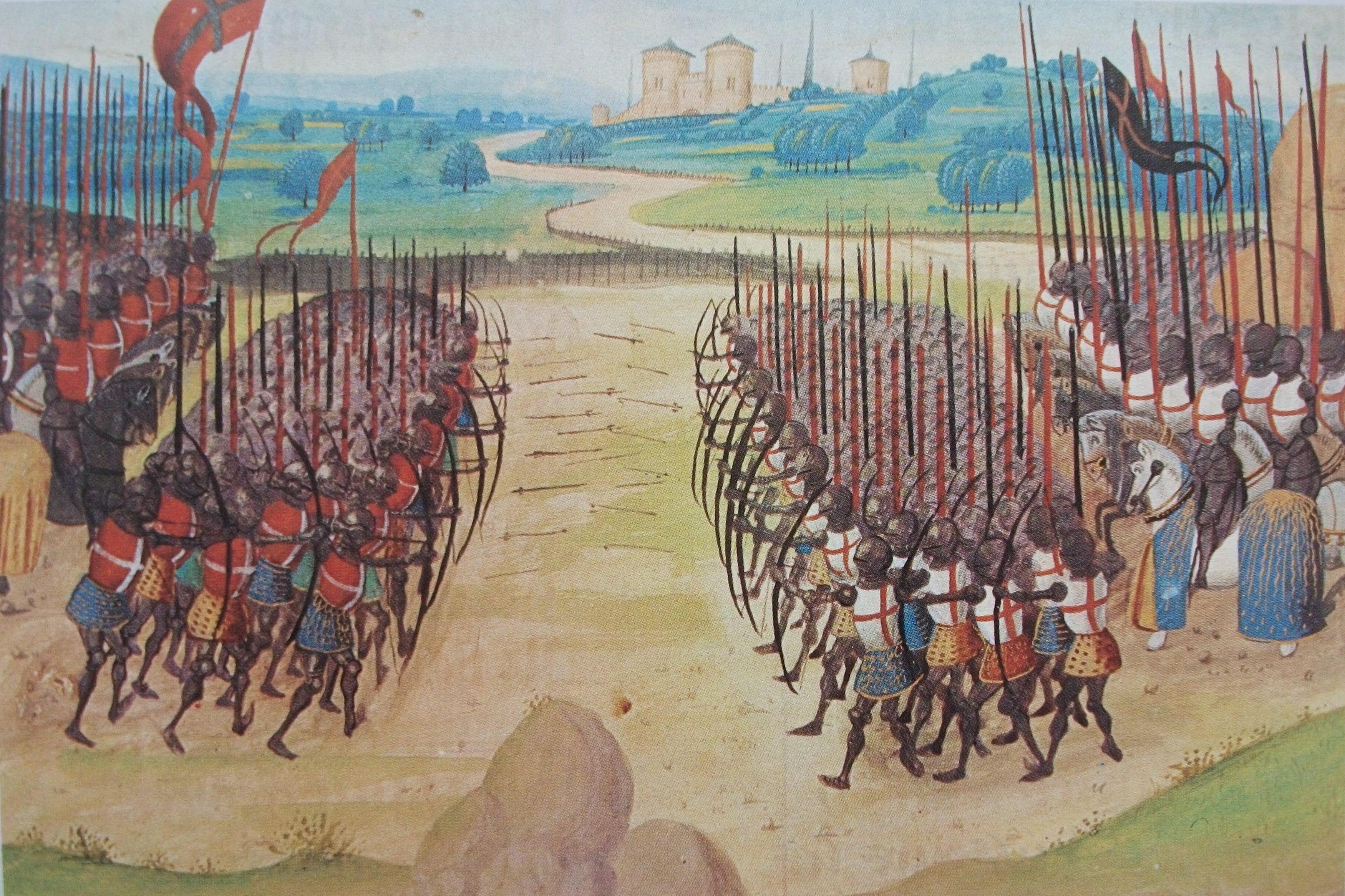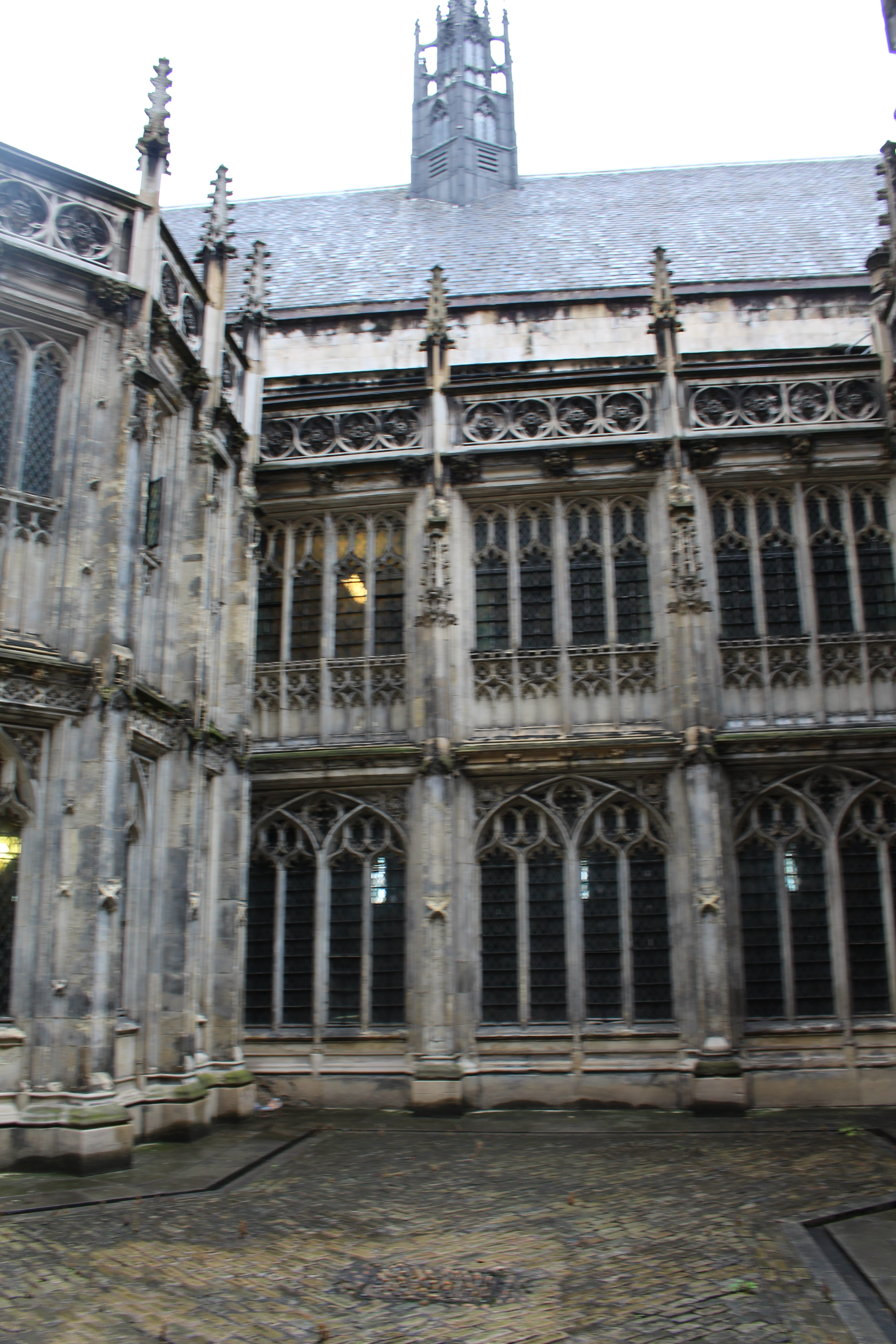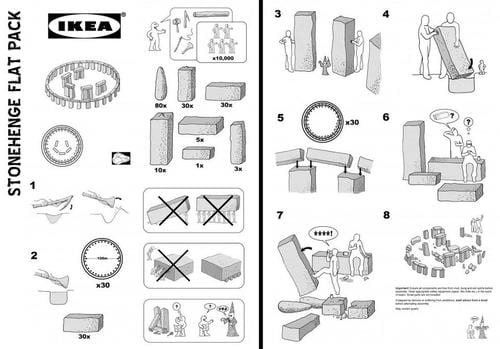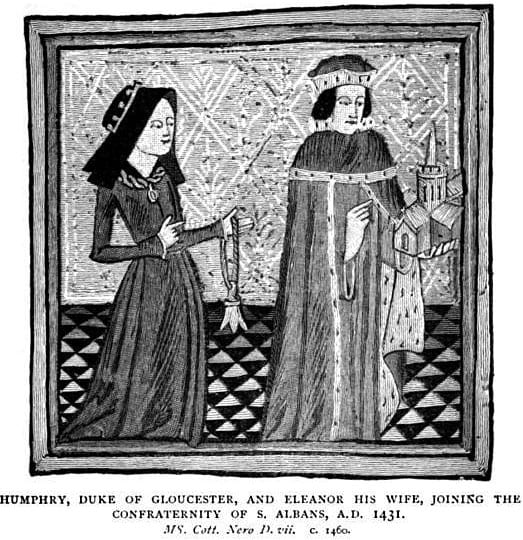by guest contributor Elizabeth Biggs
The International Congress on Medieval Studies held in Kalamazoo last week was immensely diverse, given its 3,000 attendees, but a good reflection of medievalists generally. It didn’t take itself particularly seriously, the alcohol flowed generously, and a good book or argument was warmly welcomed. It was the fiftieth birthday of the conference, as well as other major anniversaries such as 600 years since the Battle of Agincourt and 750 years since the first acknowledged Parliament. Everyone was there to have a good time, hear excellent papers and meet old and new friends. Every evening ended with multiple wine receptions, often with an open bar, sponsored by publishers, universities or learned societies. The book exhibit was equally generous, with huge numbers of publishers, secondhand book dealers, and manuscript dealers swarmed by eager delegates. Perhaps the most popular session of all was that of the Pseudo Society on Saturday evening, when a lecture hall was filled to bursting with medievalists there to hear about how IKEA is a secret society where Viking survivors are hiding, among other papers that toyed with academic norms for laughs as well as making a serious point about the absurdities of being an academic.
Everyone was there to have a good time, hear excellent papers and meet old and new friends. Every evening ended with multiple wine receptions, often with an open bar, sponsored by publishers, universities or learned societies. The book exhibit was equally generous, with huge numbers of publishers, secondhand book dealers, and manuscript dealers swarmed by eager delegates. Perhaps the most popular session of all was that of the Pseudo Society on Saturday evening, when a lecture hall was filled to bursting with medievalists there to hear about how IKEA is a secret society where Viking survivors are hiding, among other papers that toyed with academic norms for laughs as well as making a serious point about the absurdities of being an academic.
Medieval history has certainly changed and grown in the last fifty years. The dizzying array of topics in medieval studies that were included in the thick program ranged from experimental archaeology using ballistics gel to gauge the effects of different arrows on different types of armor, to digital humanities efforts to edit texts online and the England’s Immigrants project database. None of these topics would have been conceivable at the first major conference at Kalamazoo in 1964, when the cost was just $5, and there were five parallel sessions in a two-day event rather than the current just under fifty parallel sessions across three and a half days. Even then, the conference was already self-consciously interdisciplinary. It featured theology, liturgy, philosophy, history, and English literature, although in separate disciplinary sessions. All of those themes were still present this year, even if they are now often couched in different language. Liturgy is as likely to be discussed in terms of space and ritual as in terms of the books used by nuns. The study of how other periods conceptualized the idea of the “medieval” has hearteningly become popular, and illuminates both our understanding of the term “medieval” and the later periods under consideration. Kalamazoo now also is doing useful work in thinking about the changing state of the profession in the age of adjunct teaching. There were sessions on being a medievalist in a small college where no one else does what you do, on the possibilities of alt-ac careers of all types, and on how best to teach medieval topics in diverse settings. All of this was an important reminder that being a scholar is wider than research, and that teaching and working outside the ivory tower are vital parts of medievalists’ experiences.
The sessions I ultimately chose to go to were all fascinating and made me think in new ways about the work I’m doing. The sheer size of the conference meant that I created, in effect, a mini-conference of late-medieval English history, with a side jaunt to medicine and canon law, to pick up some of the ways in which scholars are thinking about these issues. I went to a session on Magic and Medicine in which Kristen Geaman looked at a court case that I’ve been trying to write about for my own thesis, the 1441 treason and witchcraft trial of Eleanor Cobham, through the lens of medieval infertility treatments.
She argued that we should take Eleanor at her word that she wanted a child, and so she might well have commissioned magical activity. I’d never thought before that Eleanor might actually have done more than play around with horoscopes, and have always read the court records as politically motivated, given that Eleanor’s husband was the heir presumptive to the young Henry VI and his enemies were circling. I’m glad to be able to rethink those assumptions! Even very old forms of scholarship, such as prosopography, gained new life. Caroline Barron on the glovers of London or John McEwan’s work on the distribution of wealth in the city used older methods to assess new questions in social and economic history that often reflect the experiences of modern society: experiences of inequality, how to survive in a rapidly changing world, and how best to create supportive institutions that protected members’ careers and incomes.
The reason I could be there at all was thanks to a travel bursary from the Society of the White Hart, as I was speaking in their session on political power. I think they found my interdisciplinary paper—with its architectural study alongside chronicle evidence of politics in Richard II’s reign—different, but the comments and questions were unfailingly generous and helpful.

The restored St. Stephen’s Cloisters, looking west to Westminster Hall, also part of Richard’s repair work at the Palace.
They left me heartened about the work that I do, looking outwards from an institution to the cultural and political world around it, rather than the general inward-looking run of institutional history. It is amazing how much it helps to know that I’m doing work that people from a range of fields think is interesting. Kalamazoo reminded me of the range of work medievalists do and the range of settings they do it in, from research universities to public engagement, to teaching colleges. It reminded me that my day job may well turn out to be outside academia entirely, but that I can still be a small part of a huge, sprawling conversation. I’ll hopefully be back next year, to drink more wine, meet more people, and continue to reflect on what it means to identify oneself as a medieval historian, whether teaching inside or outside a university.
Elizabeth Biggs is a Ph.D. student in History at the University of York. She is researching Stephen’s College, Westminster, from 1348 to 1548, as part of a larger AHRC-funded project on St Stephen’s Chapel from 1292 to the Blitz in 1941. Her work focuses on the people who worked at the college, donated money and lands to the college, or who knew it through its presence at the heart of the medieval Palace of Westminster. She can be reached on Twitter and via email.





May 25, 2015 at 9:37 am
I’ve always wanted to go! Isn’t there a tradition of one of the keynote addresses being a Python-esque send-up of scholarly practices?
May 25, 2015 at 10:45 am
Shamefully, I didn’t actually go to the plenaries, so I have no idea if there was a send up of scholarly practices in either of them. It would be a great idea if there was, though!
May 26, 2015 at 9:30 pm
A lovely post–and a wonderful antidote to this: http://opinionator.blogs.nytimes.com/2015/05/04/the-conference-manifesto/?_r=0
May 27, 2015 at 3:11 pm
Thanks! I read and profoundly disagreed with the opinionator piece when it was first published so I’m glad to see that aspect of my write-up resonated.
Kalamazoo is certainly an inspiring conference- and I hope that’s not unique among big conferences like the ones she’s describing. I’ve enjoyed all the conferences I’ve been to, often for being small and focussed with a greater chance of meeting new people.
January 28, 2018 at 2:36 pm
A good review of this important congress.